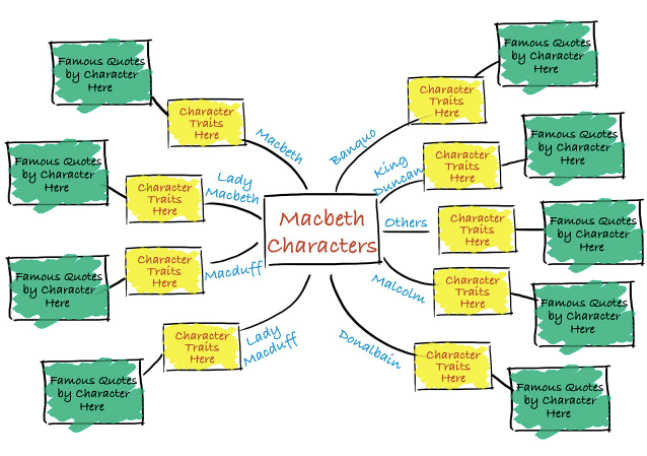KS3 – how to revise for assessments
Student assessments are taken in different forms throughout Key Stage 3. This may be an extended piece of homework, a practical, an extended piece of writing in class, an online quiz or a landmark assessment. In preparation for an end of topic or unit assessment, subject teachers generally provide students with a checklist to support the topics they should revise.
Each student will revise in a different way, and some revision techniques don’t work for everybody. Please see below some top tips for planning revision time and how students might choose to revise.
How to get your revision times right
It is not realistic to sit for hours reading notes and going over key themes. Your brain will not absorb and store information this way. Below are some top tips on the amount of time to spend on revision.
- Be realistic and plan time away from your work to avoid burn-out!
- Make sure you study the hardest subjects and topics first and not at the end of the day when you are tired.
- Be focused: 20 minutes working followed by 10 minutes rest is a good starting point.
- Planning helps you to balance your time so that you don’t spend all your time revising one subject.
- If you share your revision plan with friends or family then you are more likely to stick to it.
- Don’t worry about other students’ revision plans, everyone does it differently!
Top tips to support your revision
- Make sure you know which topics you need to revise for each subject. Use your assessment trackers for key topics and make a revision list.
- Make your revision active. Don’t just read notes. You could make flash cards, mind maps or use post it notes in key places.
- Watching videos online can really help to bring your notes alive!
- Test yourself by asking a friend to ask you questions, or by looking at your old assessments! This will identify areas of strength and weakness.
- Build in rewards for your revision e.g. your favourite snack or using your games console when you have completed a designated amount of time.
Below is an example of a mind map with top tips on how to create them!

Remember when you create your mind map to:
- Make your mind map eye-catching: big, bright and colourful.
- Stick them on your door, wall, fridge so that you can see them regularly.
- Use CAPITAL letters, incorporate doodles and use different colours for each ‘branch’.
- Use them as a ‘mental splurge’ if you need to, then they are good way to assess your existing knowledge.
- Use exercise books, textbooks and revision guides to make your mind maps.
Annie Parkin
Director of Learning – KS3
aparkin@aclandburghley.camden.sch.uk
Extension number: 3049
